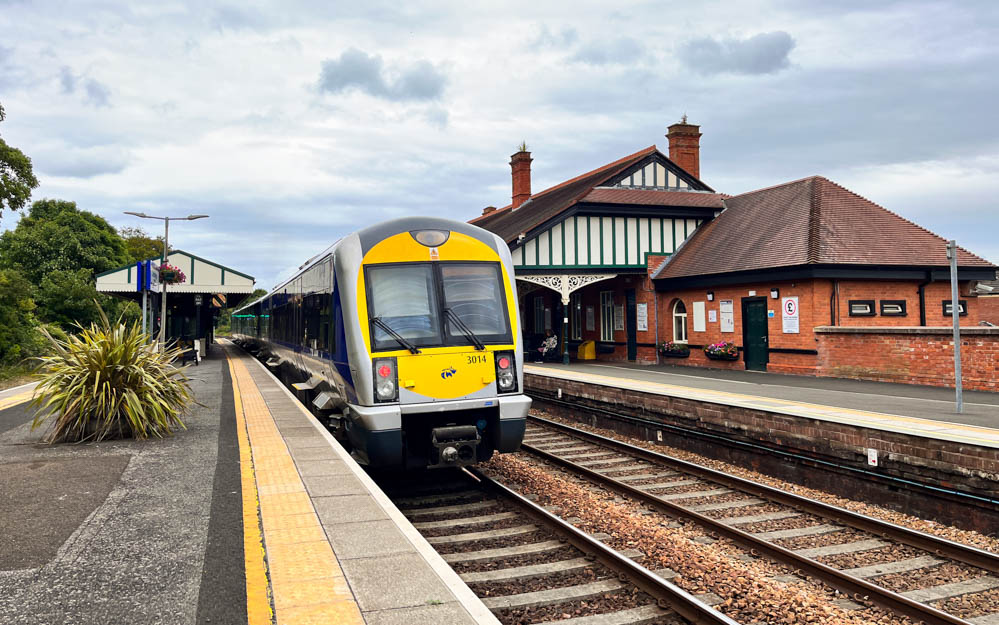The city of Belfast is the centrepiece of the railway network in the north of Ireland, with all 4 mainlines converging on the network of tracks within the city. One of these is the Larne line which, much as its name suggests, serves the town of Larne and the Larne Harbour some 37 kilometres north of Belfast.
Fortunately for the residents of Belfast, the Larne line also serves areas that are decidedly better places to be in than Larne. Two of these are the towns of Carrickfergus and Whitehead, both a short 20 – 30 minutes train ride out of Belfast. For one reason or another I never made the trip up during my university years in Belfast, until 7 years later on a summer visit with a day trip up on Northern Ireland Railways.
Buying my tickets
NI Railways sells a variety of tickets for its services. Generally speaking, you can buy a Single ticket or a Day Return ticket for travel between your origin and destination stations. There are also discounted tickets available, such as a discounted off-peak Day Return ticket for travel after 9:30am. You can buy these tickets at the station with cash or card, or on Translink’s mLink app (if you can get it to work for you).
Another way to travel on Translink services is to use a zone-based iLink travel card. Depending on your choice, these can be good for a day, a week, or a month, and covers all bus and rail services within a particular zone, a combo of zones, or all of Northern Ireland. For this trip, I used my 1 Week Zone 4 iLink travel card, which meant I did not have to buy tickets every time I hopped on all Translink buses and trains.
For more information on the iLink travel cards, head on over to Translink’s info page here.
Departure from Belfast York Street station
York Street is one of Belfast’s newest train stations, having opened in late April 2024 replacing the old Yorkgate station. The station is located in North Belfast, some 30 minutes walk from the Belfast City Hall, and is intended to serve the Ulster University’s new Belfast campus.
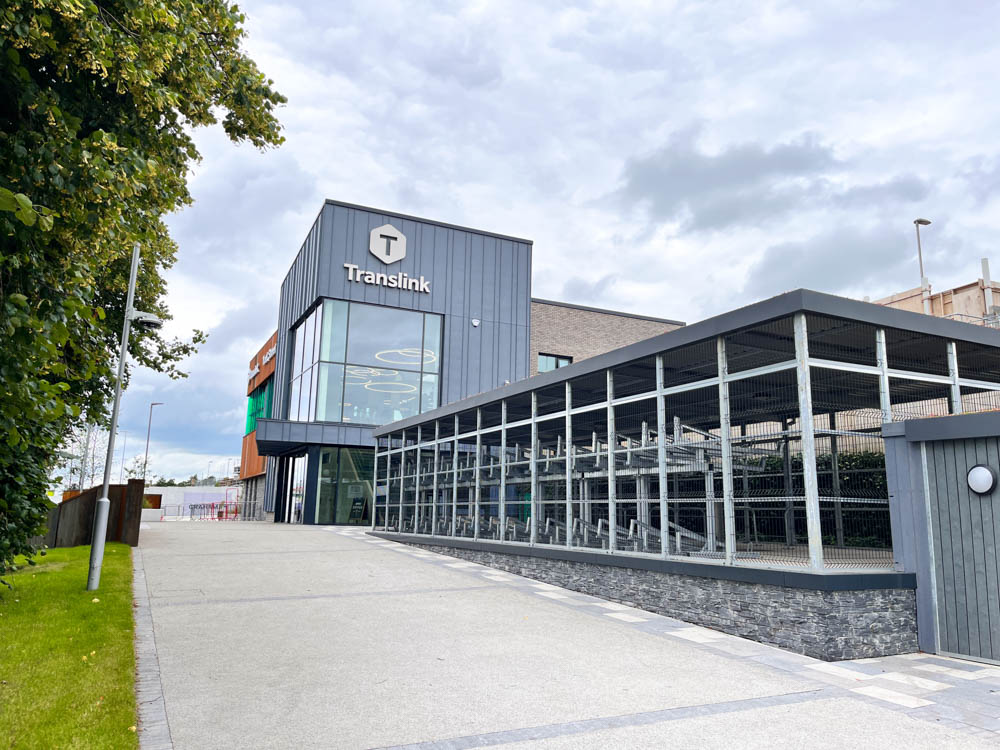
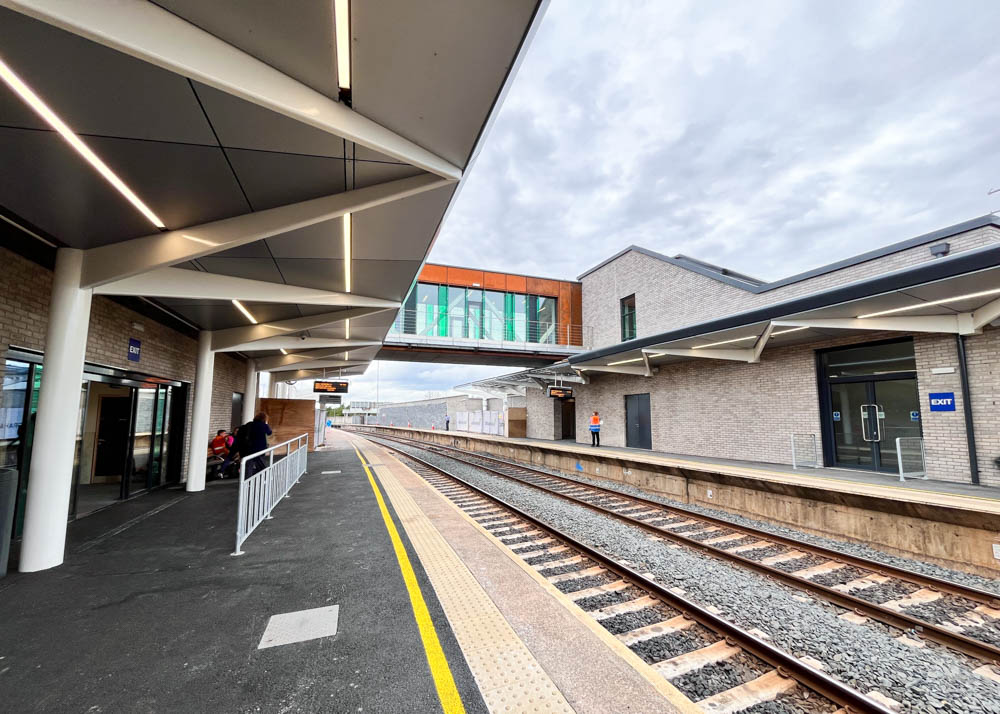
The station itself is a nice piece of infrastructure that works well as a statement for NI Railways’ future. Unfortunately, it is still let down by the lacklustre pedestrian experience leading to it from the city centre and the industrial landscape around the station.
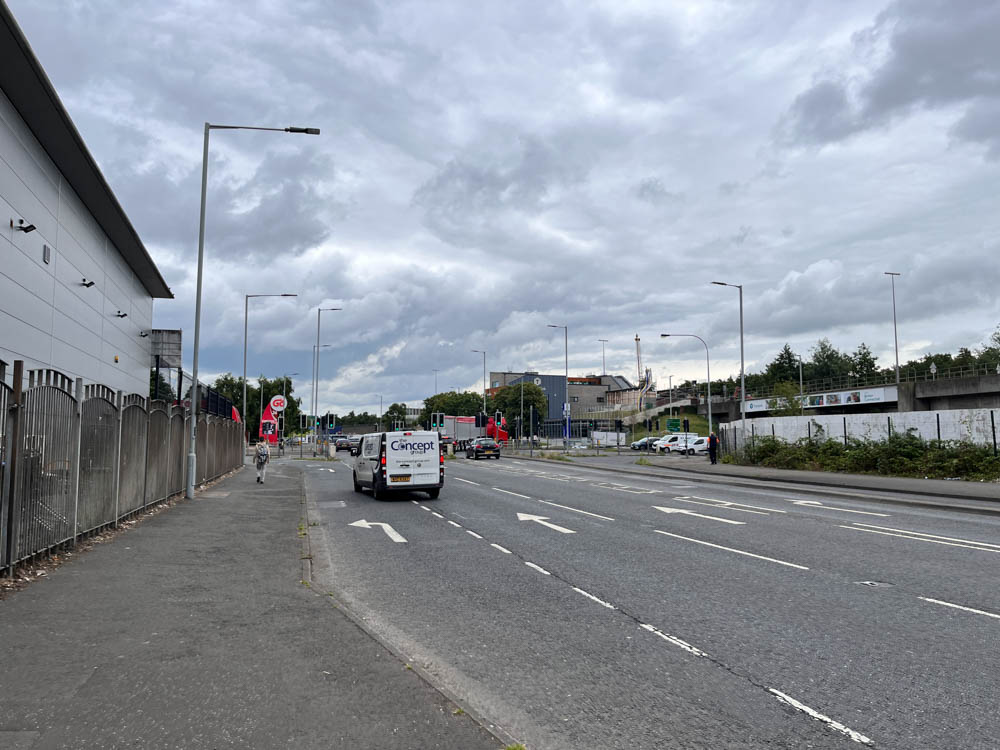
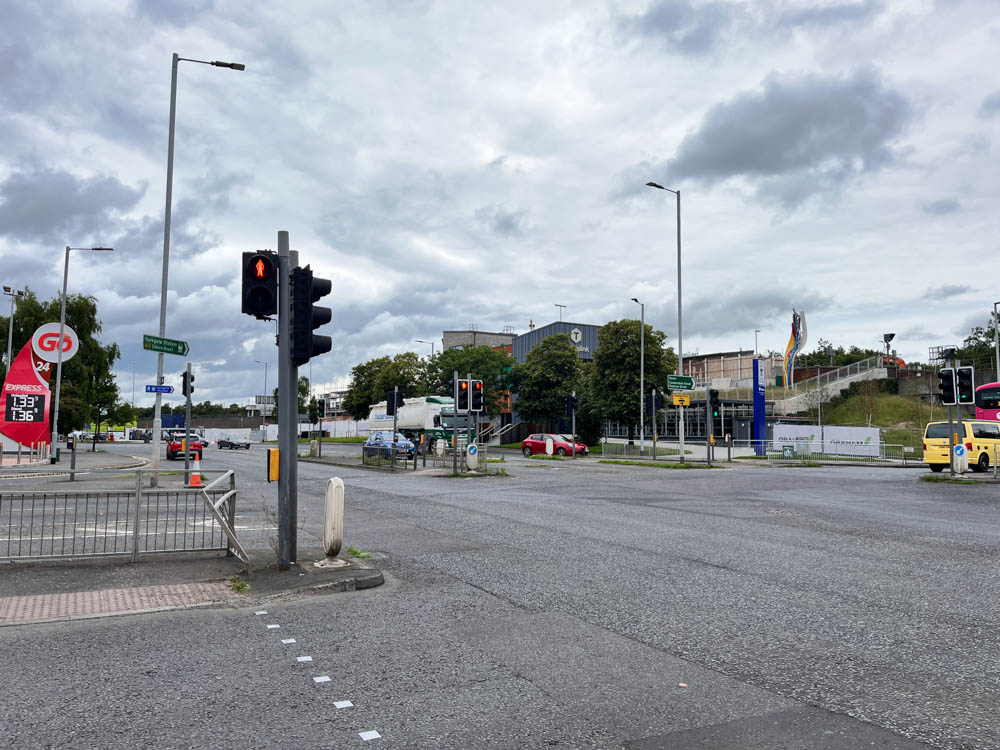
This trip was the first time I was in Belfast in 6 years, so I took the opportunity to get up to speed with York Street and NI Railways’ other swanky new stations. You can read more about that here.
As with the rest of the network, trains on the Larne line run on scheduled intervals, and not every train terminates at Larne Harbour. It’s best to check the train schedules to plan ahead. In our case, we used Translink’s mLink app for some on-the-spot trip planning.
Onboard the NI Railways Class 3000 DMU
Both parts of this trip were operated on NI Railways’ Class 3000 Diesel Multiple Units. There are 23 sets of these 2004/2005-built trains in service on the network, and are largely identical to the later Class 4000 DMUs in NI Railways’ stables.
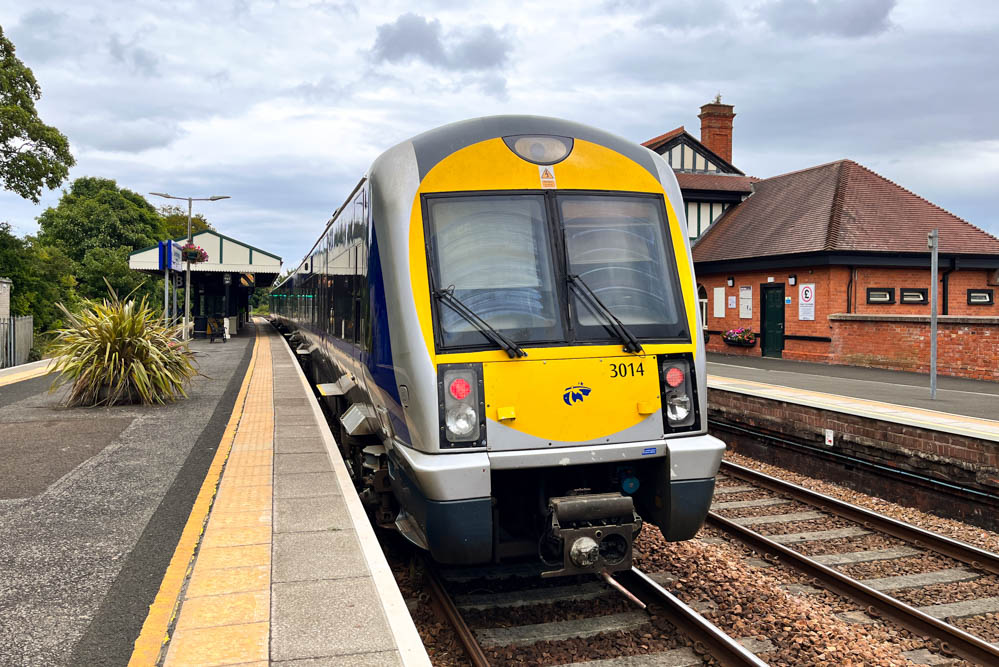
Both types of trains also share identical interiors. Seats are laid out in a standard 2-2 airline style configuration. The seats in each carriage consist of 2 groups facing towards the middle of the carriage, meaning half of the seats are facing backwards.
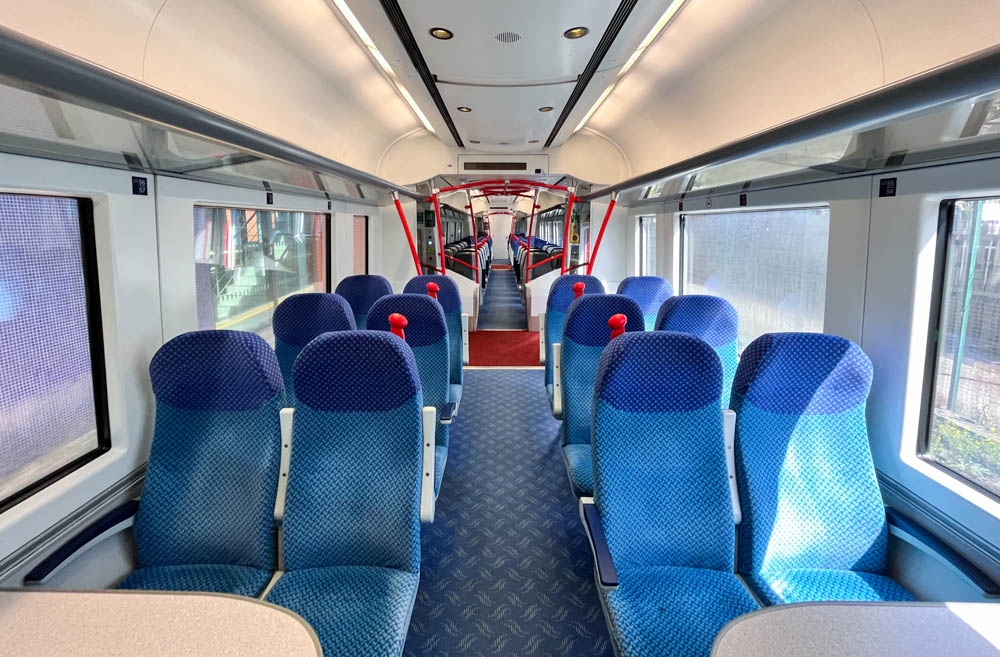
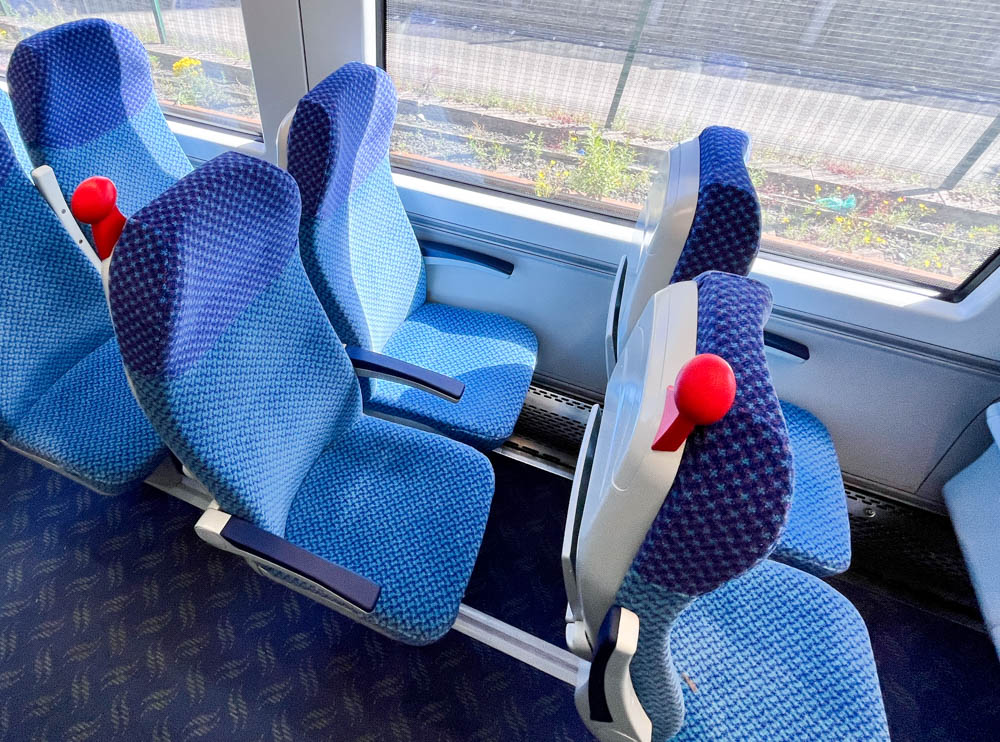
NI Railways’ seats are generally quite comfortable and are perfect for a nap after a day out in the countryside. There are also small seatback tables, USB chargers, accessible toilets, and a dedicated space for wheelchair users. Do note that seats are on a first come first serve basis as NI Railways do not provide seat reservations.
Quick stop at Carrickfergus
Carrickfergus (Carraig Fhearghais) is a town of some 28,141 residents (2021 census) on the northern shores of Belfast Lough, around 20 minutes out from Belfast. The town is best known for Carrickfergus Castle, first built in 1177 by the Anglo-Norman knight John de Courcy. It remained in military use for around 751 years until 1928, when it was handed over to the then Government of Northern Ireland. Today, you can buy a ticket to visit the castle grounds.
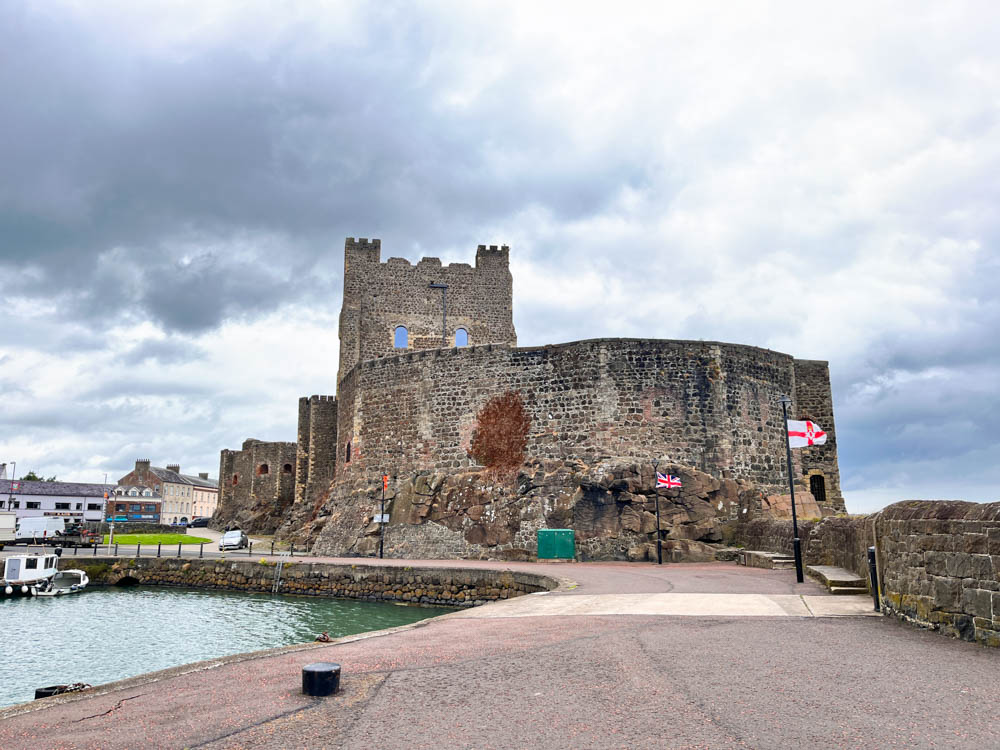
Railway access to Carrickfergus is provided via the 1895 built Carrickfergus railway station. The station has 3 platforms for 3 tracks and is kept in very good shape despite its age.
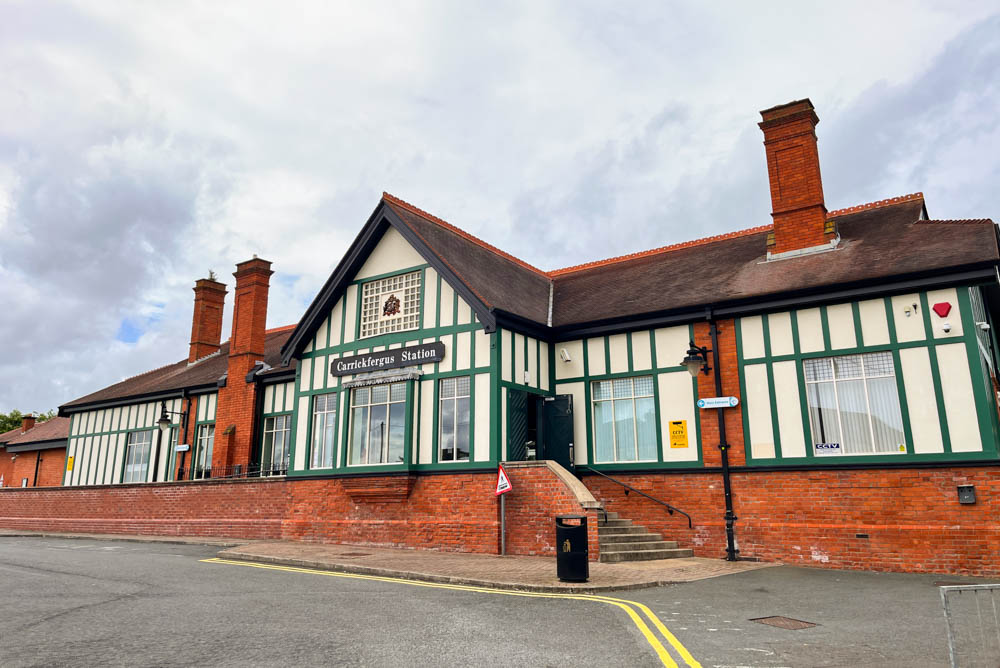
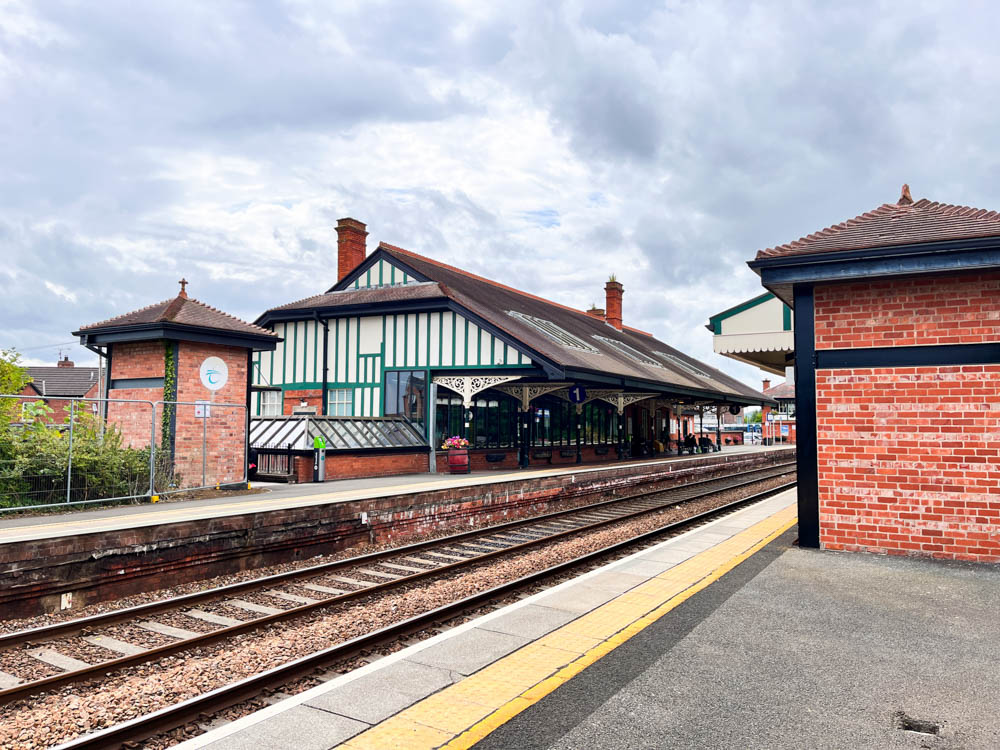
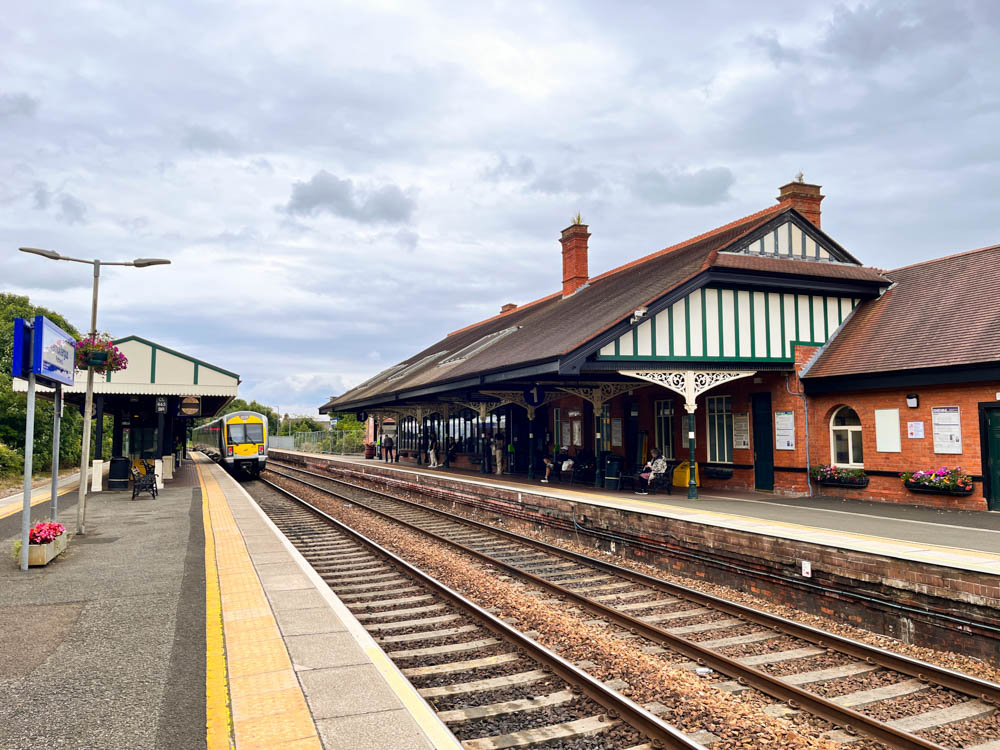
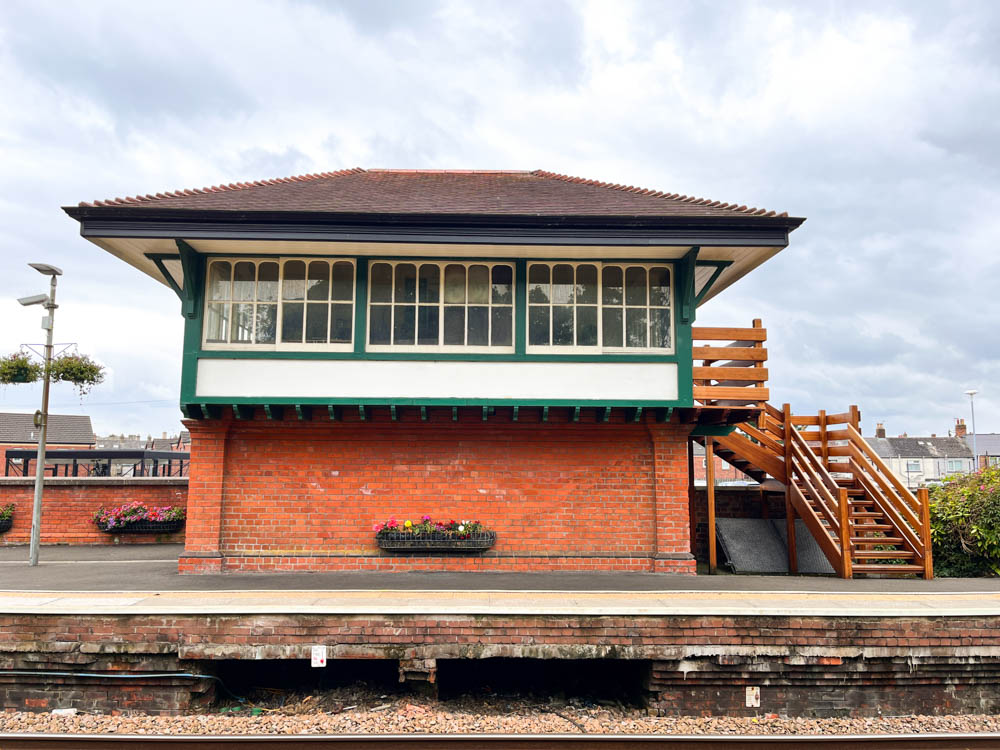
At the time of this trip, Translink’s ticketing modernisation works had already reached the station, with new ticket validators already installed on the platform.
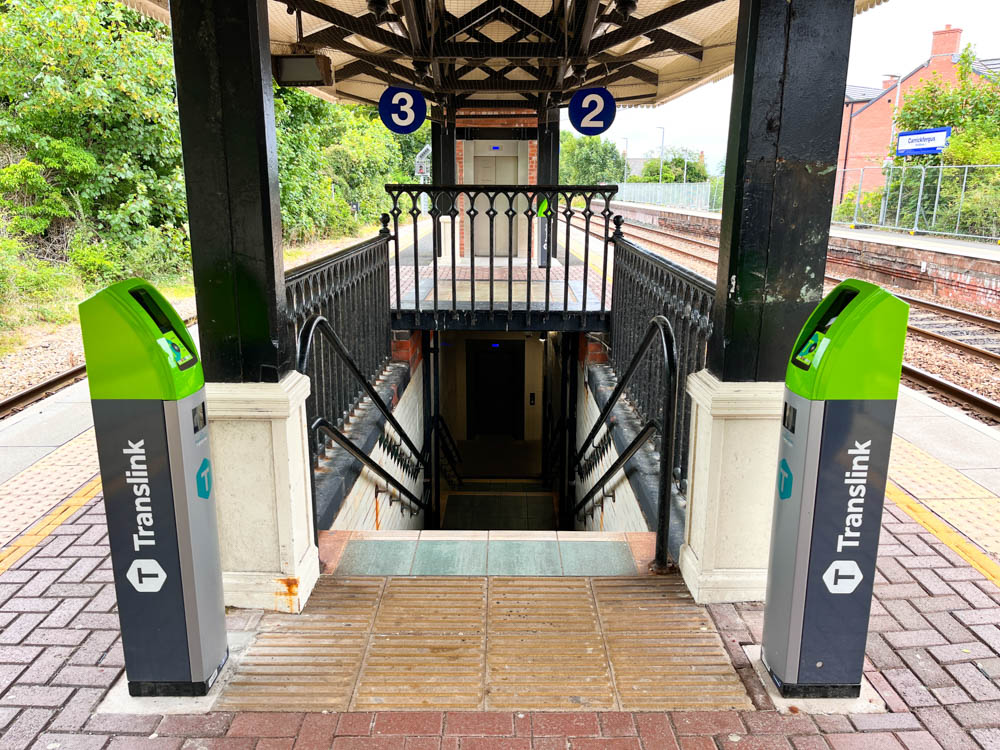
With its mock-Tudor architecture, I’d dare say it is the best looking station outside Belfast on the entire Belfast – Larne line, and one of the best looking in all of Northern Ireland.
Arrival at Whitehead
We completed Carrickfergus within an hour and headed back to the station for the next leg of the day to Whitehead, located just 2 stops further up the line and taking just 10 minutes to make the run. It had been rainy in Carrickfergus, but in true Irish fashion, the weather turned sunny during the short ride to Whitehead.
The Whitehead railway station that we see today was built in 1877, retaining its historic Victorian character. It’s not very big, but the historic station building houses a small waiting room. As with a lot of stations on the NI Railways network, the platforms are accessible directly from the streets.
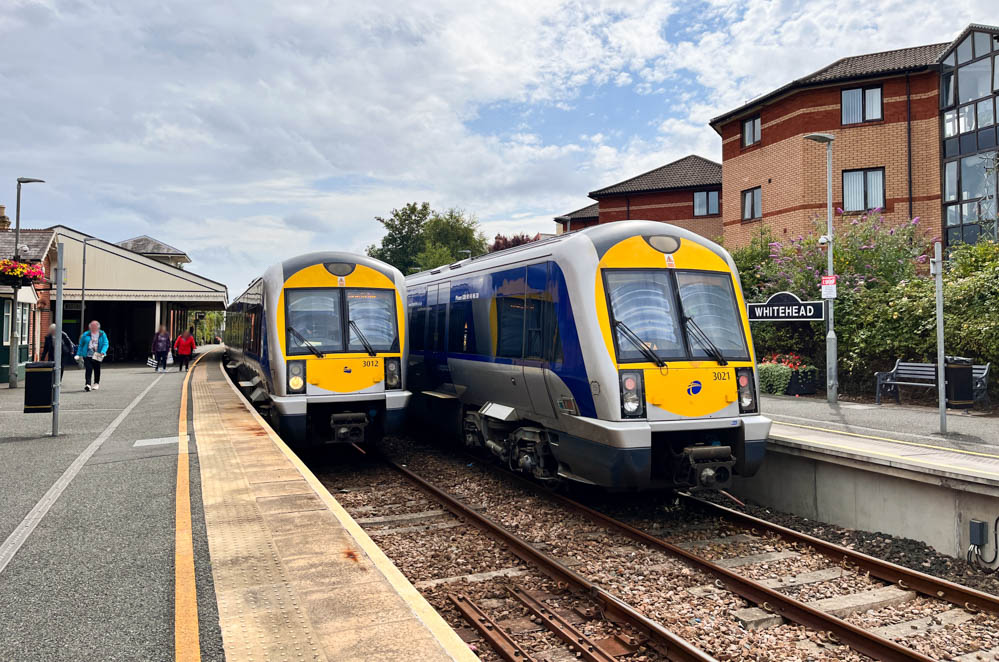
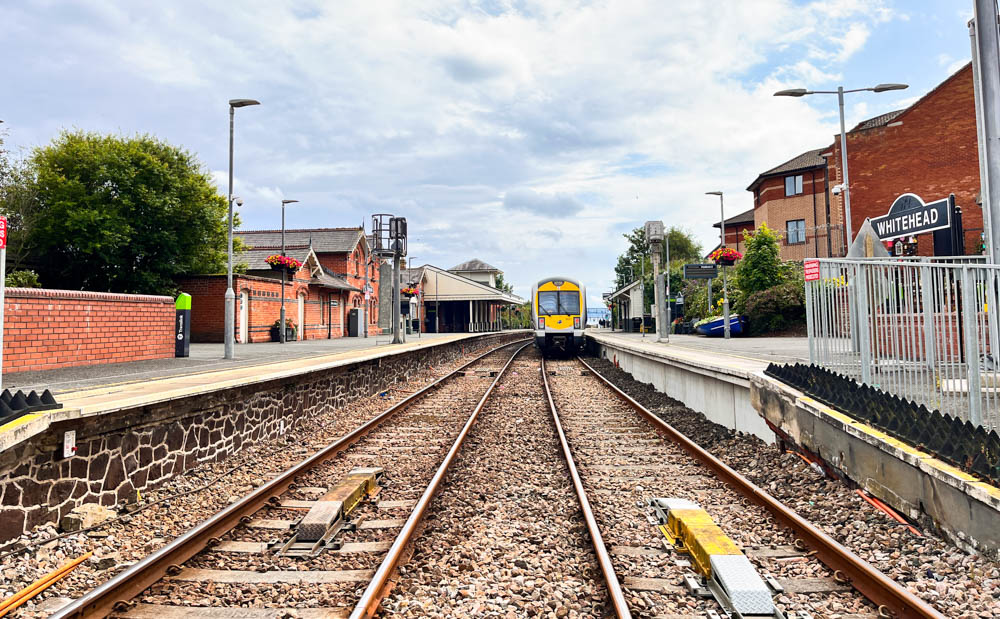
For something different, head past Platform 2 for the small garden on Royal Avenue. You might even meet a very friendly cat while you’re admiring the flowers.
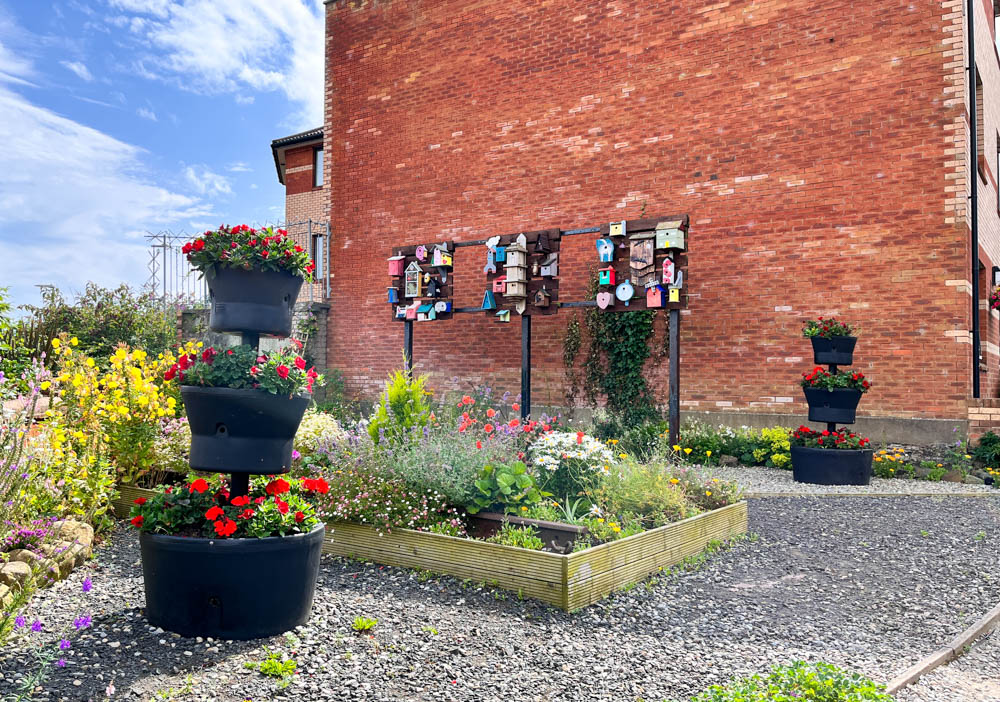
The main reason for our visit to Whitehead was the Blackhead Coastal Path, which is accessible via a short walk from the station. I’ll cover that in a separate post.
Final Thoughts
It was great to finally explore what the Larne Line had to offer after so many years, and NI Railways was once again its dependable self. With the train scheduling in place, a day trip up the line from Belfast is certainly very doable!
